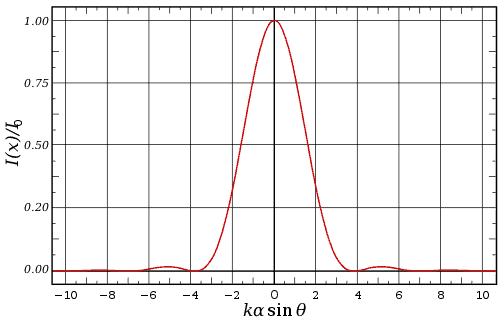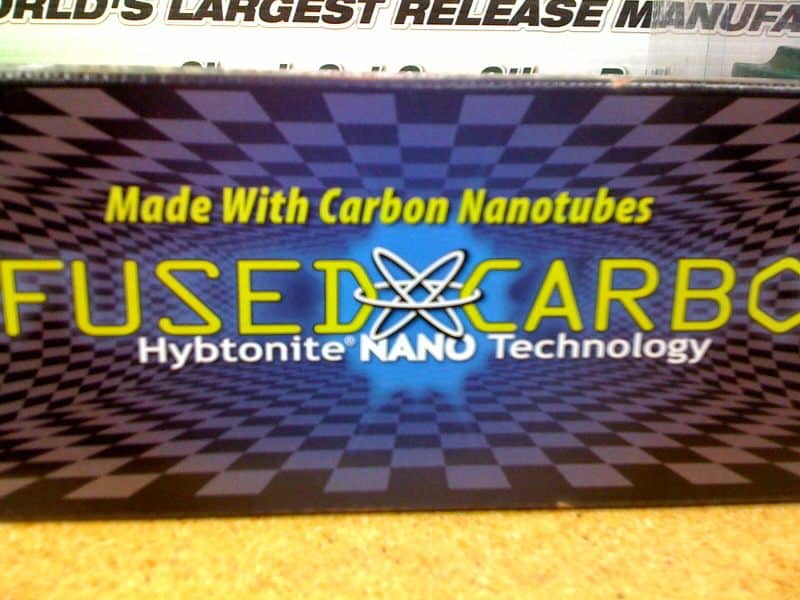US National Nanotechnology Initiative wants your comments on its strategic plan.
US National Nanotechnology Initiative wants your comments on its strategic plan.
Hogg and Freitas provide a theoretical analysis of the power constraints when nanorobots rely entirely on ambient bloodstream oxygen and glucose and identify aspects of nanorobot design that significantly affect available power.
An energy cell containing a lead zirconate titanate cantilever coated with a carbon nanotube film uses nanotechnology to produce electricity from scavenged light and thermal energy.
The Space Studies Institute will hold Space Manufacturing 14 on Oct. 30-31, 2010 at NASA Ames here in Silicon Valley. Topics to be covered include: Session 1: Space Transportation Architecture Session 2: Closed Environment Life Support Systems Session 3: Robotics and Space Manufacturing Session 4: Extraterrestrial Prospecting Session 5: Engineering Materials from Non-Terrestrial Resources Session 6: Space… Continue reading Space Manufacturing Conference: Abstracts due Aug. 16
The U.S. President’s Council on Advisors on Science and Technology requested public input on a number of manufacturing topics including “molecular-level, atomically precise production.” Foresight joined with our sister organization IMM to produce a statement on Atomically Precise Manufacturing, now posted on the OpenPCAST site, with public voting and commenting still continuing, so join in the… Continue reading Vote and comment on IMM/Foresight statement to President's Council
Rob Freitas has a new paper up: Robert A. Freitas Jr., “Diamond Trees (Tropostats): A Molecular Manufacturing Based System for Compositional Atmospheric Homeostasis,” IMM Report 43, 10 February 2010 Abstract. The future technology of molecular manufacturing will enable long-term sequestration of atmospheric carbon in solid diamond products, along with sequestration of lesser masses of numerous… Continue reading New Freitas paper: Diamond Trees

When I woke up this morning, it was nine degrees below zero, Celsius. It’s solidly overcast here, and what’s more, this time of year the sun doesn’t get much more than 20 degrees above the horizon — in the middle of an all-too-short day. My house has a footprint of about 200 square meters. At… Continue reading A Night in the Sun
(Atomic Age, that is.) From the University of Chicago Library site: On December 2, 1942, scientists at the University of Chicago produced the world’s first self-sustaining nuclear chain reaction in a nuclear pile constructed in a squash court beneath the West Stands of Stagg Field, the University’s athletic stadium. This experiment, crucial to the control… Continue reading It's 0067 AA

Over at Nanoclast, Dexter Johnson writes: It seems when nanotech is applied to photovoltaics it can either boost their efficiency to new heights or it can cheapen their manufacturing process. But it never seems to provide a solution to both of these. It’s always a tradeoff: increased efficiency but difficult manufacturing processes or a cheaper… Continue reading Nano PVs: cheaper or better?
Technology Review: Self-Cleaning, Super-Absorbant Solar Cells. Amorphous-silicon solar cells patterned with nanoscale domes absorb more light–and shed water and dust.